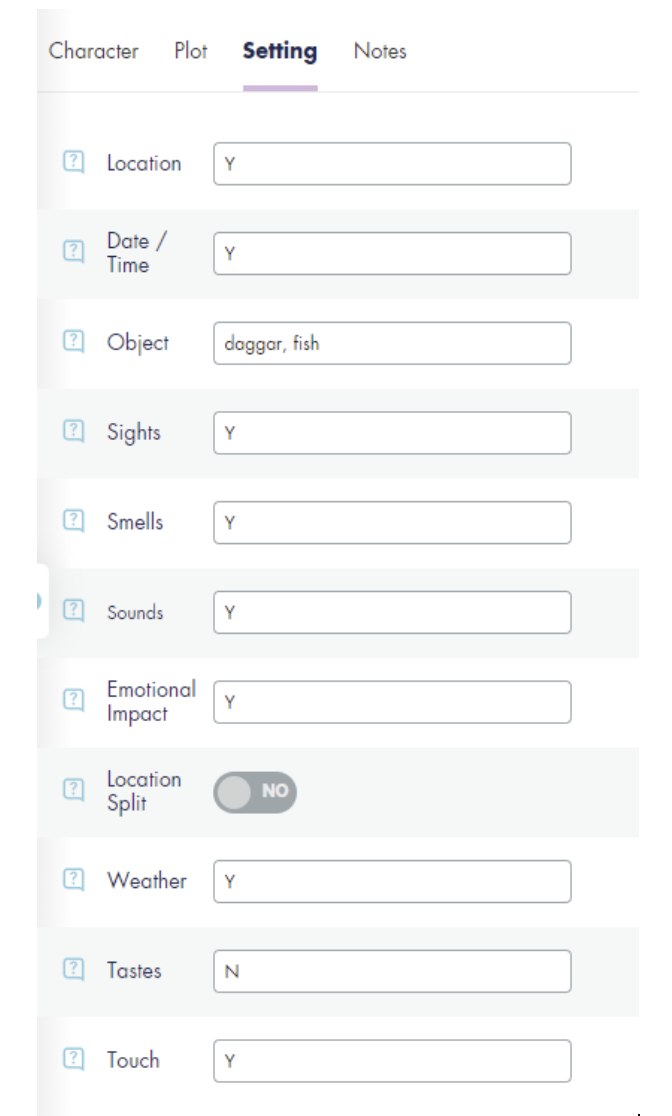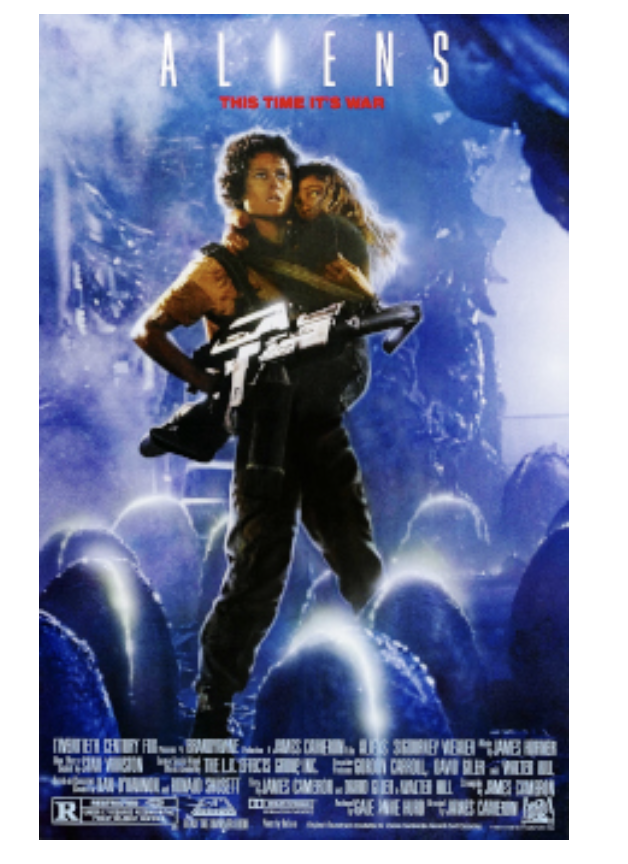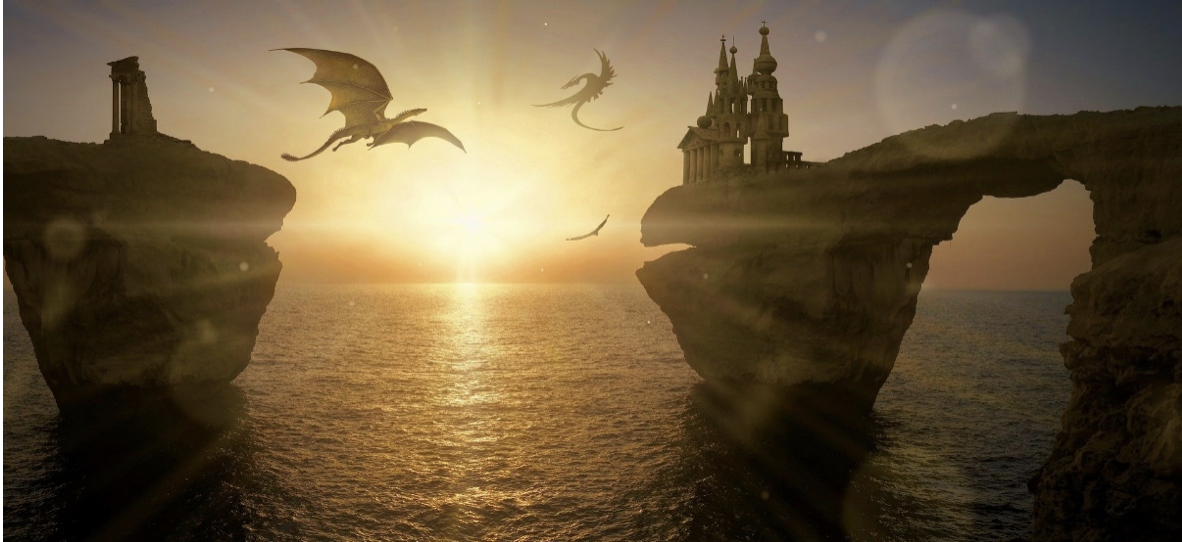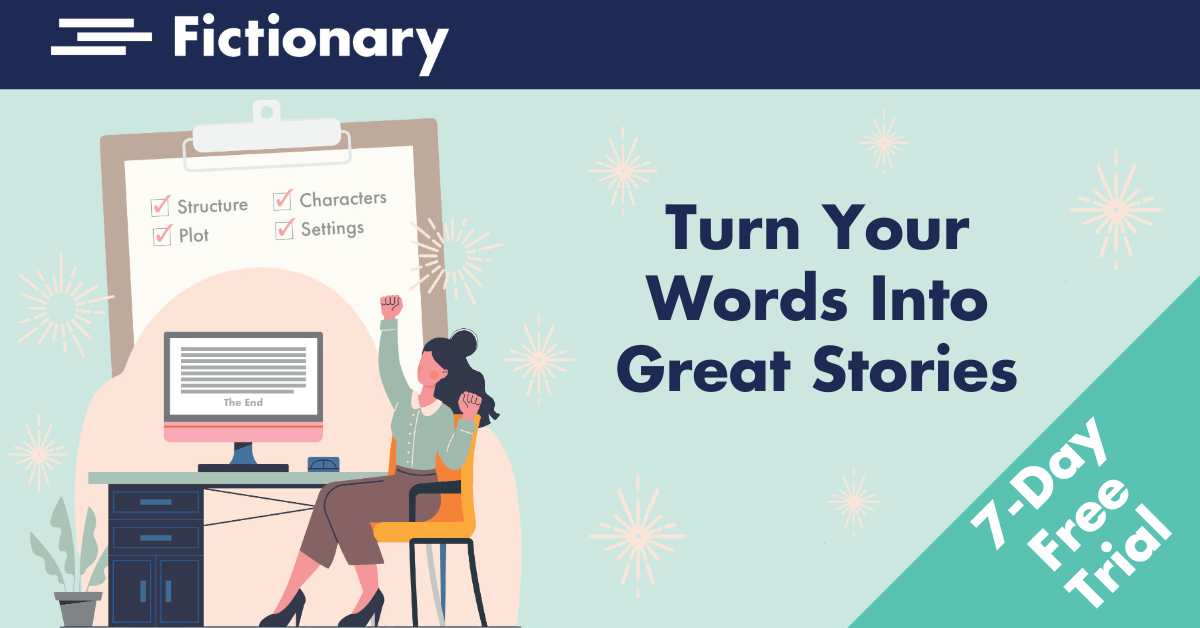Story Setting
What is story setting, and how do we, as authors, go about choosing a story setting? Most people think of setting as the time and the place where a story takes place and, yes, this is true. But such a simple definition belies the importance of setting to our stories.
As Kristina Stanley points out in her blog article, What is the Setting of a Story, “…the reader must see the setting, touch it, taste it, hear it, see it, smell it, and most importantly feel an emotion because the location was chosen to heighten an emotion” (April 27, 2021). Our settings, then, have purpose, and it’s up to us to choose the best setting possible to serve that purpose in our stories.
The following image is a screenshot from the Evaluate page in Fictionary’s StoryTeller self-editing program. It shows the many elements that contribute to creating a realistic, emotionally impactful setting:

The Setting Elements in Fictionary’s StoryTeller
The Setting Elements in Fictionary’s StoryTeller
An Example from the Movies
To demonstrate the importance of setting, I’ll discuss the classic sci-fi horror movie, Aliens. The story is set in 2179 on an imaginary planetoid called LV-426—a primordial world made livable through terraforming and atmosphere processing. So, right from the start, the setting is gloomy, dark, and dismal. Also, because the only way on and off is by drop ship, there is no easy escape.

Aliens: released July 18, 1986. Starring Sigourney Weaver, directed by James Cameron
After Earth loses contact with the planet’s colony, a group of marines, a company representative, an android, and Ripley—the only human alive after the first encounter with the alien species—are sent to try to find out what happened. Let’s look at one scene in particular: the first time the marines head into the area beneath atmosphere processing station to try to locate the missing colonists.
To increase the tension, the marines are told they are not to use live rounds because it could cause a thermo-nuclear explosion if they hit the wrong equipment. Their pulse rifles are important because these objects meant to protect them are rendered almost useless because they are in a fusion-powered processing plant.
Most of the senses are used in this one scene. For example, their sight is limited because of the narrow corridors and lack of light. They touch the disgusting, sticky resin that covers the walls and wonder what secreted it. The beeping (sound) from the movement sensors gets louder and faster as ‘something’ approaches them, but in this close, dark space, the aliens are on top of them before they realize it—they’ve come from the ducts and from nooks and crannies in the resin on the walls, which camouflaged them.
The scene setting also is used to show characterization. For example, one marine, Hudson, is always freaked out by what they find around them while another, Vasquez, is wary but calm.
Everything about the setting of this scene was created to arouse fear and increase the anticipation of the horrors to come. The mood and tone are dark and foreboding, the tension is high, and the characterization clear because of the setting and the characters’ interactions with it.
So, when writing our own stories, how do we choose the best setting?
4 Tips for Choosing a Story Setting
1. Consider the requirements of your genre and subgenre.
The setting of Aliens would not work for a historical romance, nor would London in the 1800’s be suitable for a futuristic sci-fi horror story (unless, perhaps, some kind of time travel was involved). Urban fantasy is set in a real or imagined city in a contemporary time whereas epic fantasy is usually set in an imaginary world in a medieval-like era. Ask yourself what your particular genre requires.
Notice how these book covers show something from the setting and, thus, give readers clues to the genre.

2. Know your setting well.
If you are going to use a real place, make sure you know it or research the area well. The same is true for periods of time. For example, you wouldn’t want to write a book about bootlegging during the Canadian prohibition and have your protagonist rum-running in Texas in a Ford Mustang.
Creating your own world gives you freedom from this worry but comes with the task of worldbuilding—creating the setting from scratch. But even in a world born from your own imagination, you can leave behind plot holes if you are not careful with the details.
The article How to Avoid Plot Holes – Setting (Part III) explains how to avoid plot holes left behind due to setting.

https://pixabay.com/illustrations/fantasy-sun-sea-dragon-flying-4033001/ (Kelepics)
3. Think about what the setting elements can tell your readers about your main character or characters.
Is there a specific place that is special to your protagonist? Is your character afraid of the dark and of bats? You can show the readers this by placing him in a dark, bat-filled cave and having him react instead of simply telling readers, “His two fears were the dark and bats,” which is less interesting and engaging.
4. Choose a setting and setting details that are significant to the plot and that help move the story forward.
For example, many stories about slavery in the US, such as the Pulitzer prize-winning novel Roots: The Saga of an American Family by Alex Haley, are set on cotton plantations in the Deep South in the late-1700s to mid-1800s because the demand for labor for the cotton industry in that area during that time period was a leading contribution to the reluctance of plantation owners to free slaves.
Conclusion
Whether it’s a real place you’re going to research or an imaginary place you’re going to create, the art to choosing a setting that works for your particular story is finding and showing details that create realism, have relevance to the plot, and heighten reader emotion.
You can find out more in the Fictionary article Story Editing: Focus on Setting and Tell a Powerful Story, which outlines the many jobs that setting can do in relation to the emotional impact.
References
Stanley, K. (December 18, 2018). How to Avoid Plot Holes – Setting (Part III).
Stanley, K. (December 6, 2019).Story Editing: Focus on Setting and Tell a Powerful Story.
Stanley, K. (April 27, 2021). What is the Setting of a Story?
Wikipedia (n.d.). Aliens (film).
Wikipedia (n.d.). Slavery in the United States.
Further Reading
https://www.masterclass.com/articles/understanding-story-setting
https://www.helpingwritersbecomeauthors.com/choose-right-story-setting/
https://www.liternauts.com/how-to-choose-the-setting-of-your-story/
https://blog.reedsy.com/setting-of-a-story/
Post Written by Sherry Leclerc
 Sherry Leclerc is a Fictionary Certified StoryCoach editor, Fictionary content creator, Writer’s Digest certified copy editor, and independent author. She is a member of Editor’s Canada, the Canadian Authors Association (CAA), and The Alliance of Independent Authors (ALLi).
Sherry Leclerc is a Fictionary Certified StoryCoach editor, Fictionary content creator, Writer’s Digest certified copy editor, and independent author. She is a member of Editor’s Canada, the Canadian Authors Association (CAA), and The Alliance of Independent Authors (ALLi).
Sherry holds a B.A. in English Language and Literature and a B.Ed. She is the sole proprietor of Ternias Publishing, through which she offers various editorial services. She also has a YouTube channel where she has a vlog about writing and editing, titled The Mythic Quill. You can find it on Youtube .
Sherry currently lives in Sydney, Nova Scotia, Canada. You can contact her at sherry@terniaspublishing.com or sherry@sherryleclerc.com.


